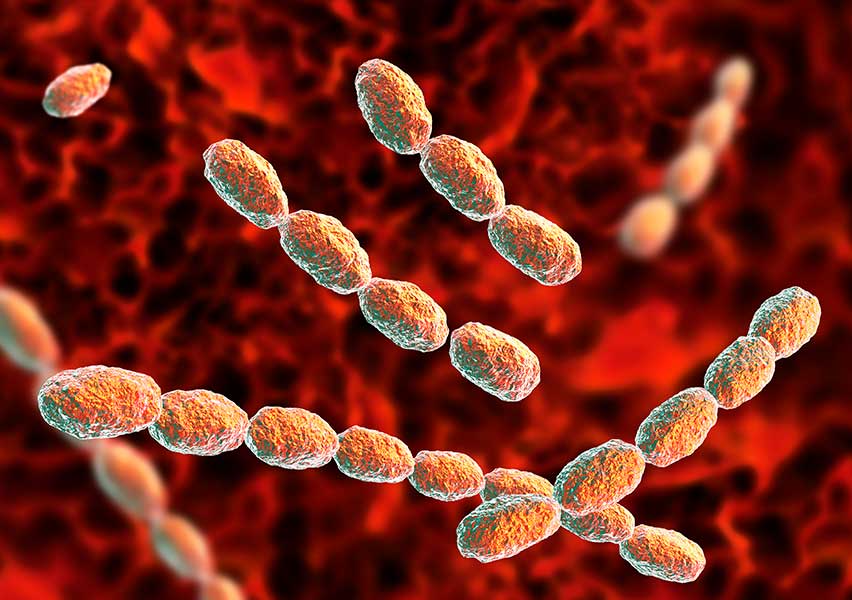Haemophilus ducreyi
Haemophilus ducreyi is a Gram-negative bacterium responsible for chancroid, a sexually transmitted disease characterized by painful genital ulcers and, in many cases, inflammation of the inguinal lymph nodes. It is more common in regions such as Africa and Southeast Asia, and rare in developed countries.
Clinical Features:
Symptoms appear between 1 day and 2 weeks after exposure to the bacterium. The infection starts as a genital bump that rapidly develops into a painful, soft ulcer with well-defined edges and a grayish or yellowish exudate base. Ulcer size ranges from 3 mm to 5 cm and bleeds easily on contact.
In men, there is usually a single ulcer, while women may have four or more. Approximately 50% of patients develop inguinal lymphadenopathy, and in half of these cases, the lymph nodes rupture, forming suppurative buboes.
Diagnosis:
Diagnosis is primarily clinical and by exclusion, as there is no specific serological test available. It is based on examination of the genital ulcers, assessment of inguinal lymph nodes, and tests to rule out other sexually transmitted infections such as syphilis or herpes.
Treatment:
Chancroid is treated with effective antibiotics such as ceftriaxone and azithromycin. In cases of painful lymphadenopathy or inguinal abscesses (buboes), surgical or needle drainage may be necessary.

